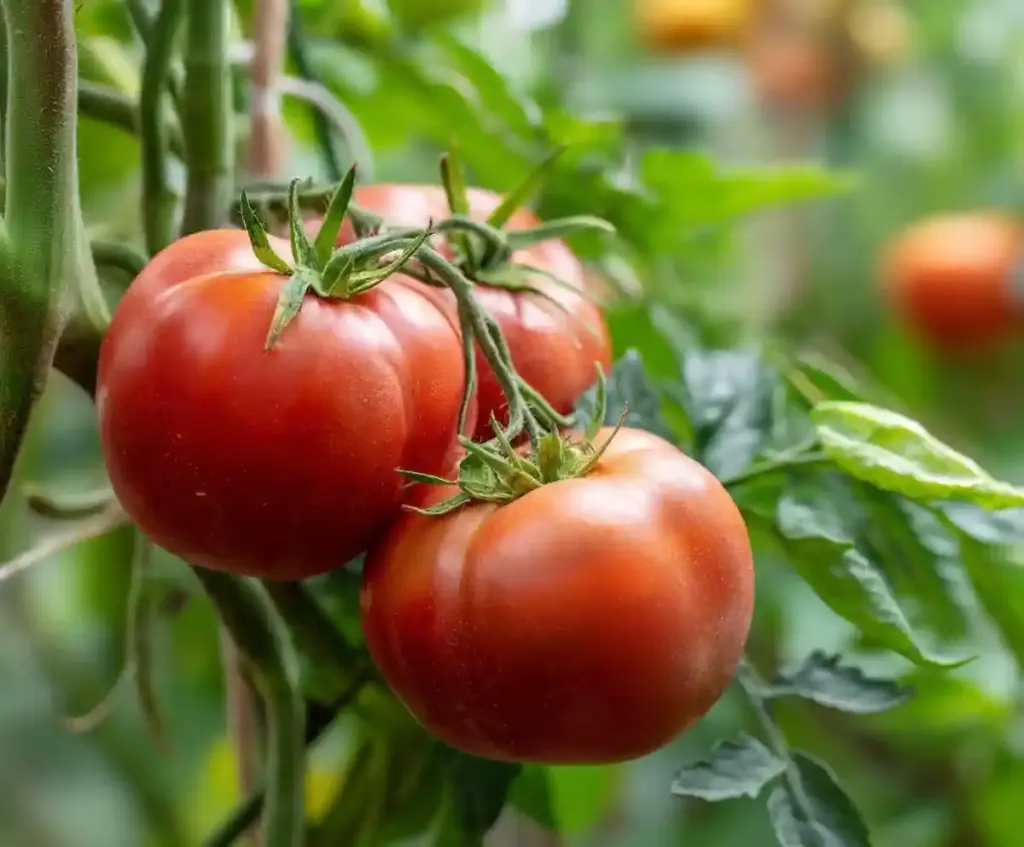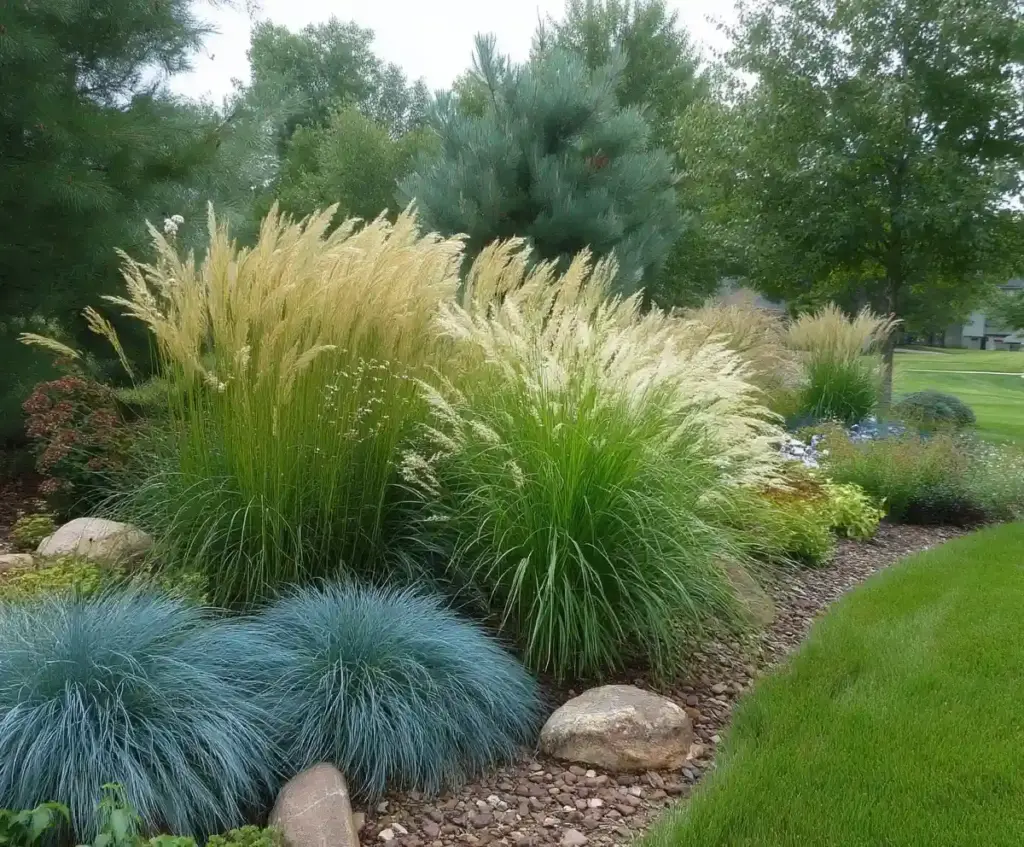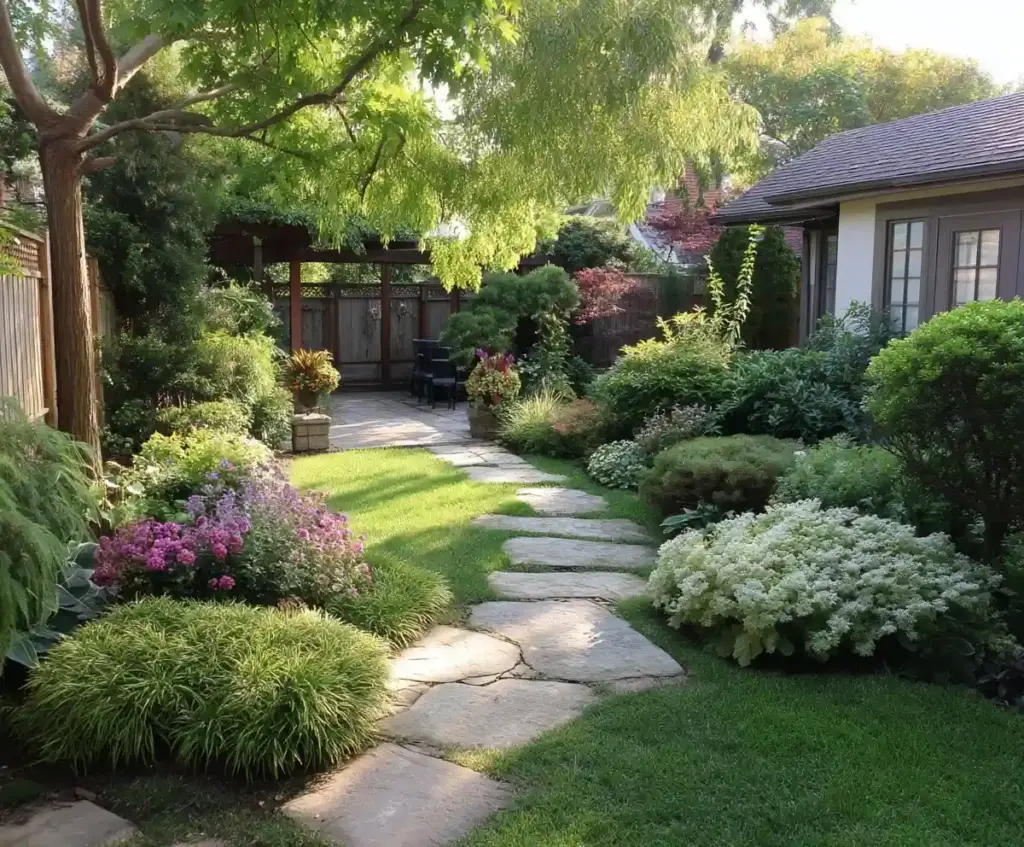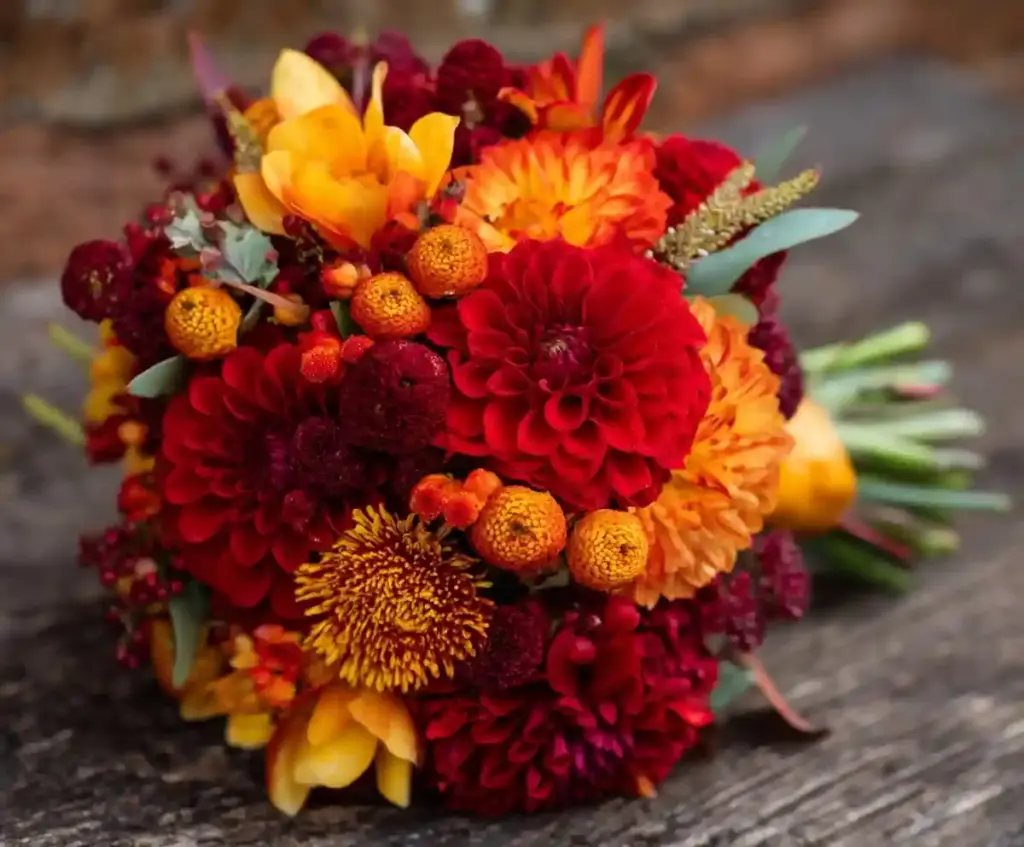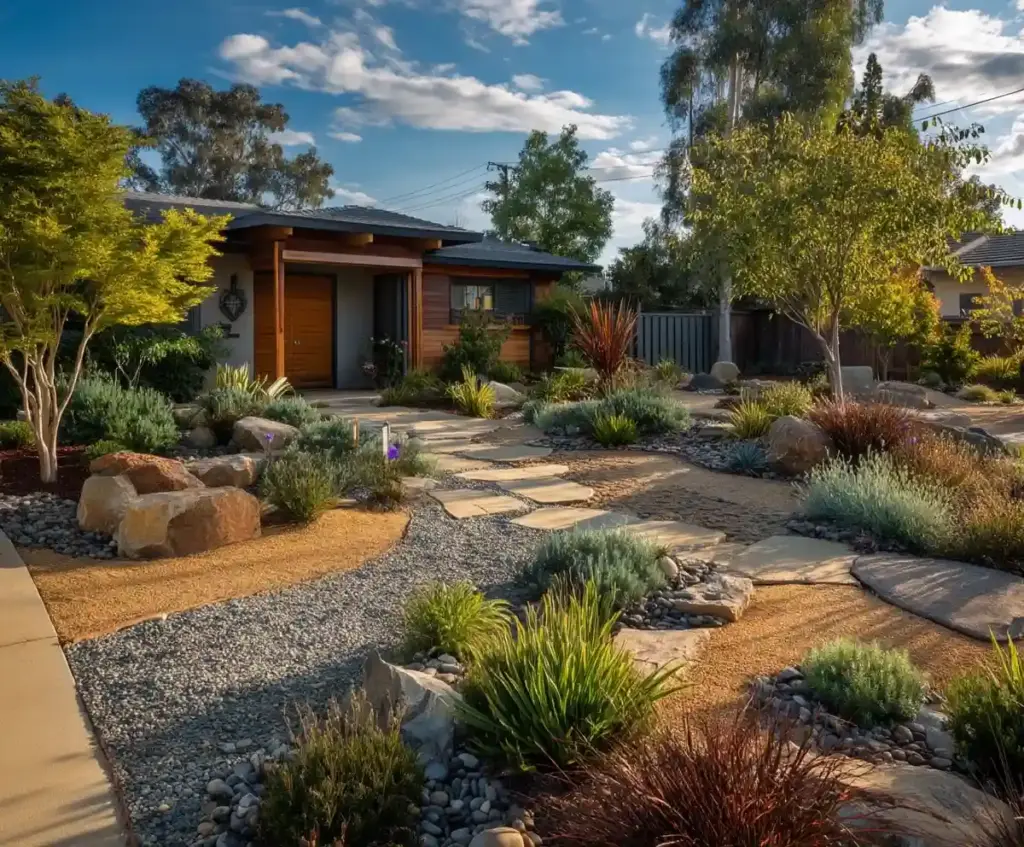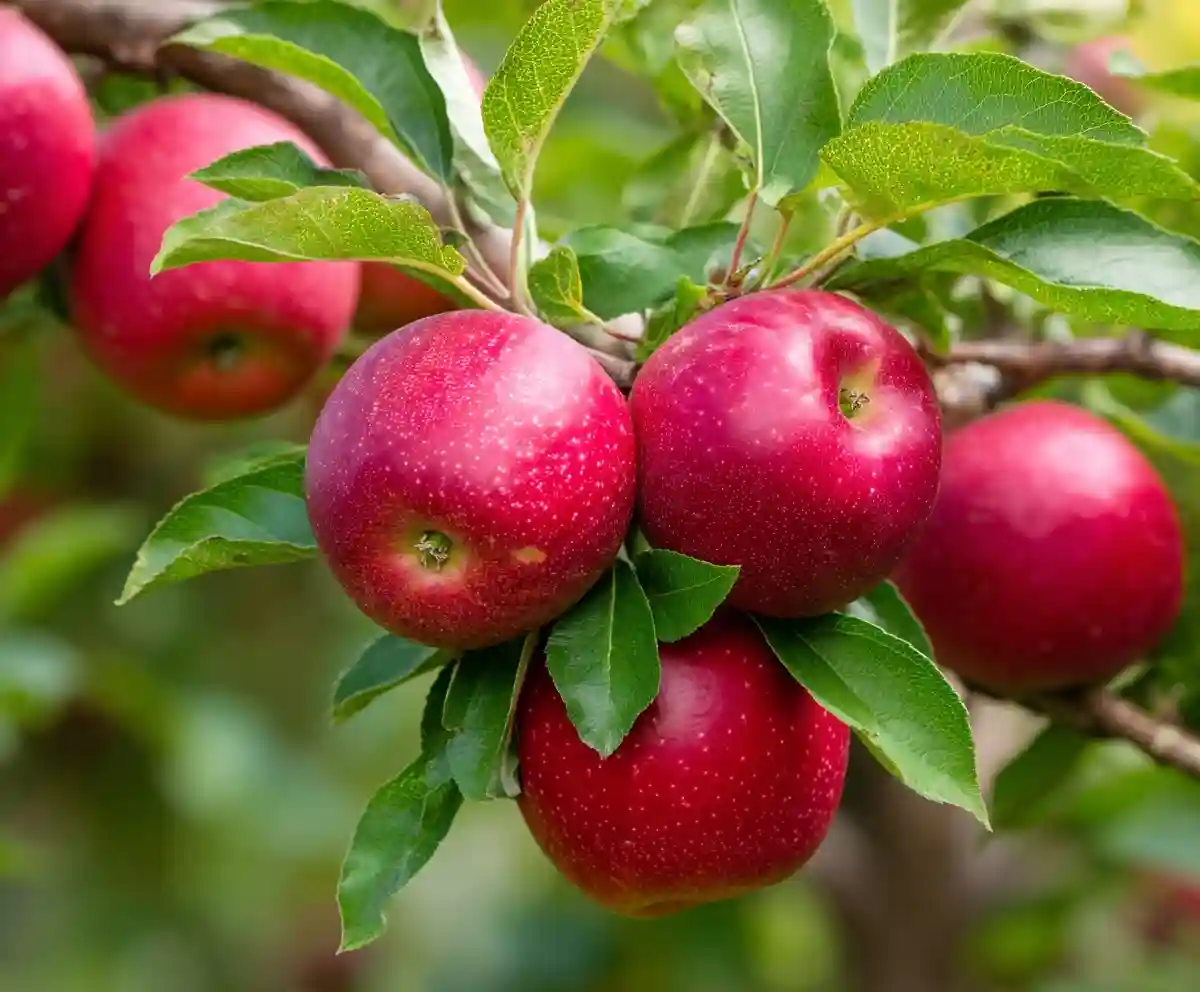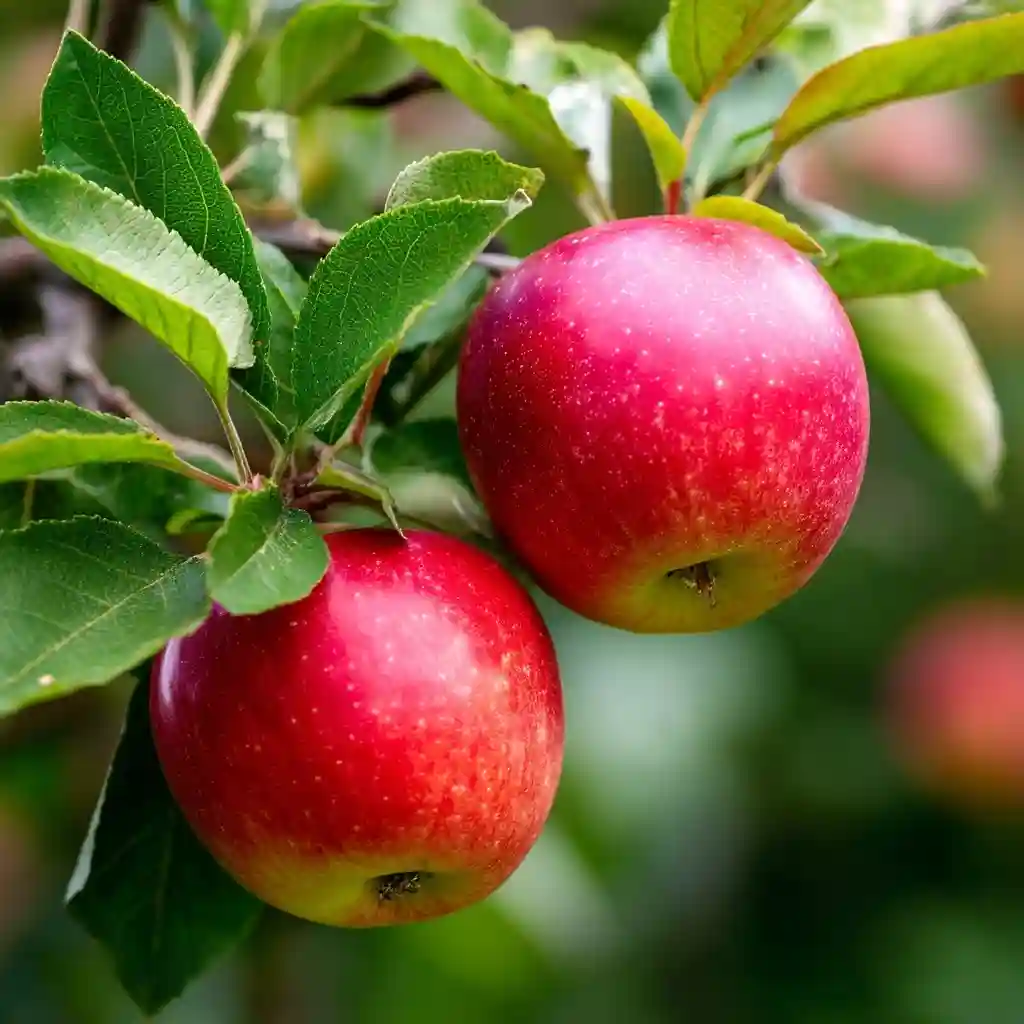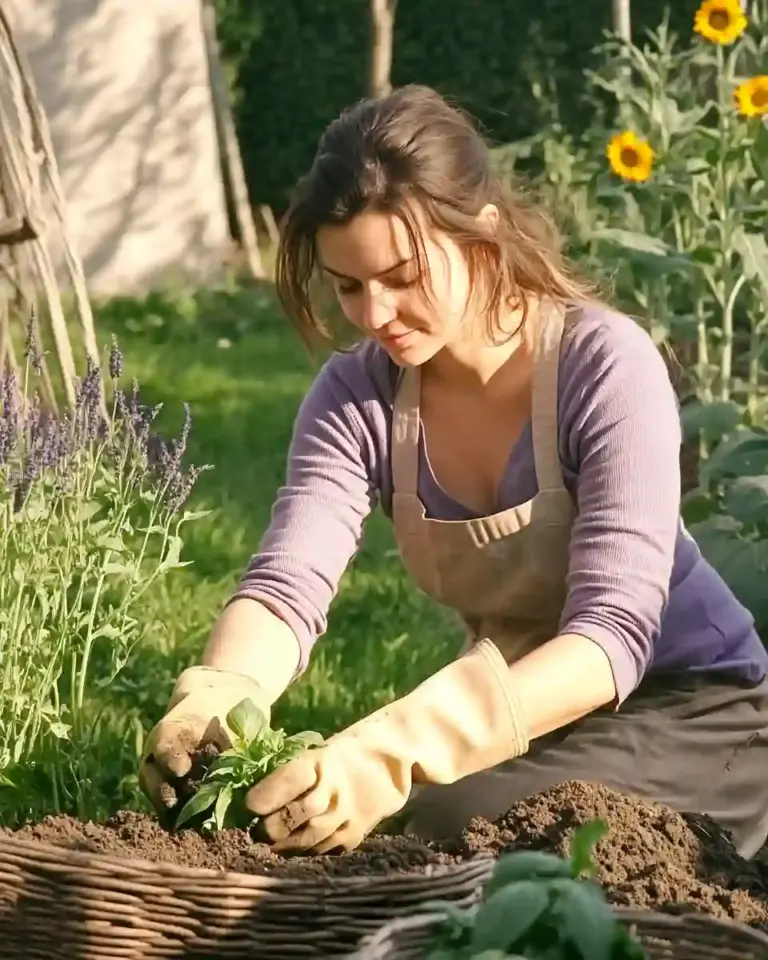Starting an apple orchard in your own backyard is one of the most rewarding ways to combine sustainability with fresh, homegrown flavor. Whether you’re dreaming of homemade pies or simply want to bite into a crisp apple picked right from your tree, laying the right foundation is key. With the right planning, the right trees, and a little bit of patience, even beginners can enjoy success. In this guide, we’ll walk you through the essential tips for growing a healthy, low-maintenance apple orchard that thrives for years to come.
Table of Contents
1. Pick Disease-Resistant Apple Varieties
One of the most important decisions when starting an apple orchard is choosing varieties that naturally resist common diseases. This step not only reduces the need for chemical treatments but also sets you up for healthier trees and more consistent harvests.
Look for cultivars labeled as resistant to apple scab, cedar apple rust, fire blight, and powdery mildew—these are among the most persistent threats in home orchards. Reliable disease-resistant options include:
- Liberty – Crisp and tart, ideal for eating fresh or baking
- Enterprise – A late-season apple with strong resistance and long shelf life
- GoldRush – Sweet-tart flavor and excellent storage capabilities
- Freedom – Mild flavor and high resistance to scab and rust
These hardy choices are especially helpful for beginners or anyone looking to minimize spraying. Remember, even disease-resistant varieties benefit from good orchard hygiene and proper planting practices.
2. Think About Pollination
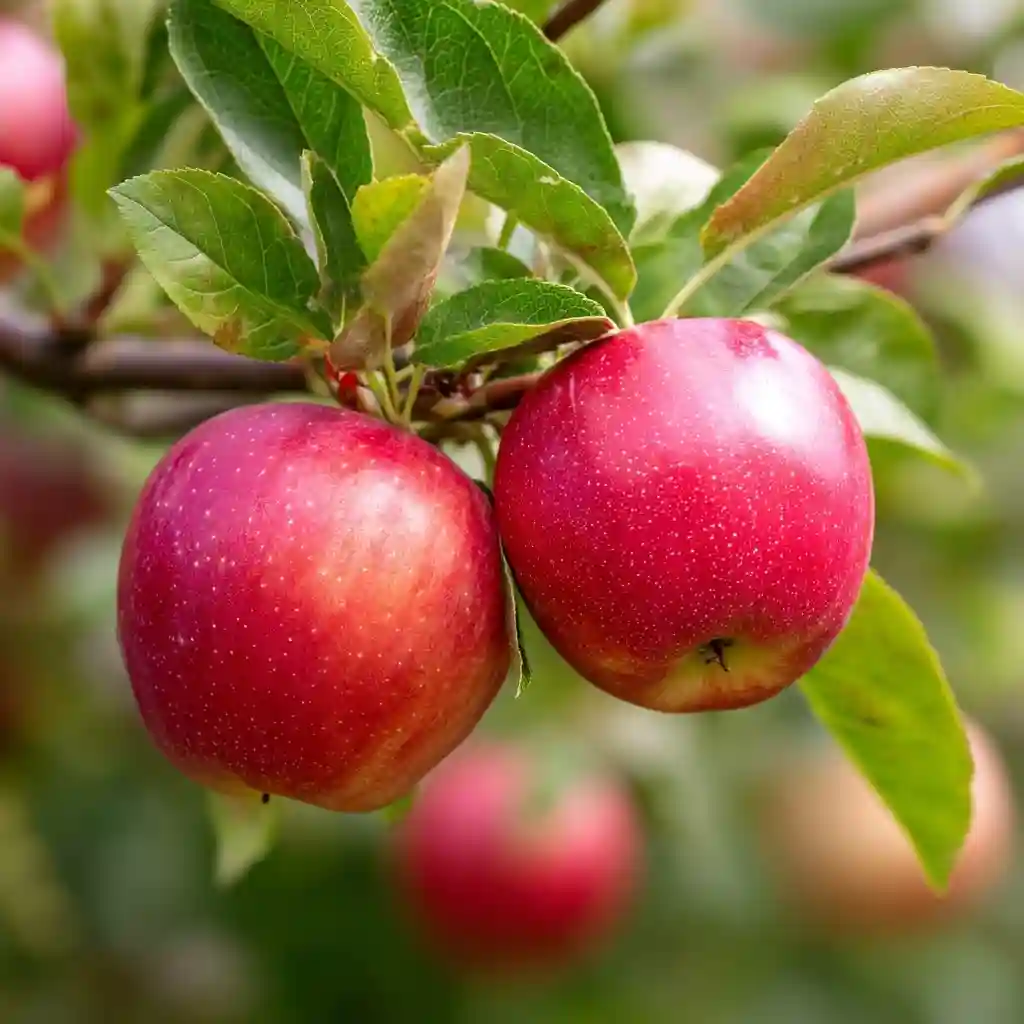
Pollination is a critical—but often overlooked—part of starting an apple orchard. Most apple trees aren’t self-pollinating, meaning you’ll need at least two different, compatible varieties for successful fruiting.
To get reliable cross-pollination:
- Choose varieties that bloom around the same time (early, mid, or late season).
- Plant trees within 50–100 feet of each other for optimal bee activity.
- Avoid pairing two sterile varieties unless you include a third pollinator tree.
Crabapple trees also make excellent pollinators and can boost fruit production across your entire orchard.
Pro tip: Check pollination charts when selecting your trees—many nursery websites offer compatibility guides that take the guesswork out of this step.
3. Choose the Right Spot
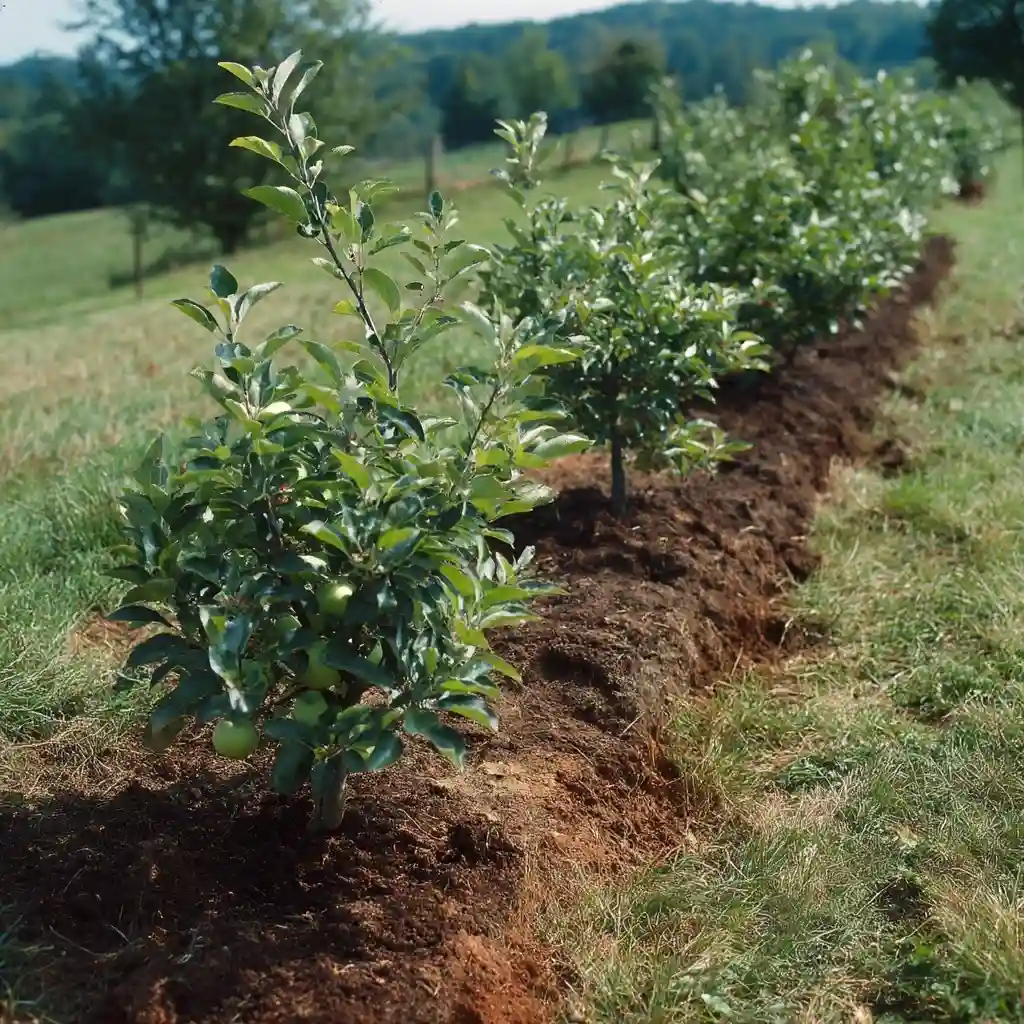
Site selection is one of the most important parts of starting an apple orchard—even the best tree variety can struggle in a poor location. Apple trees need three essential things to thrive:
- Full sunlight: Aim for 6–8 hours of direct sun daily. Shade can reduce flower and fruit production.
- Good airflow: Breezes help reduce humidity around foliage, which lowers the risk of fungal diseases.
- Well-drained soil: Avoid low-lying or compacted areas where water pools. Soggy roots can lead to rot and poor growth.
Before planting, consider doing a soil test to check for pH (ideal is around 6.0–6.5) and nutrient levels. And give your trees room to breathe—dwarf trees need about 10 feet between them, while standard trees prefer 15–20 feet of space.
4. Grow the Tree, Not the Apples (at First)
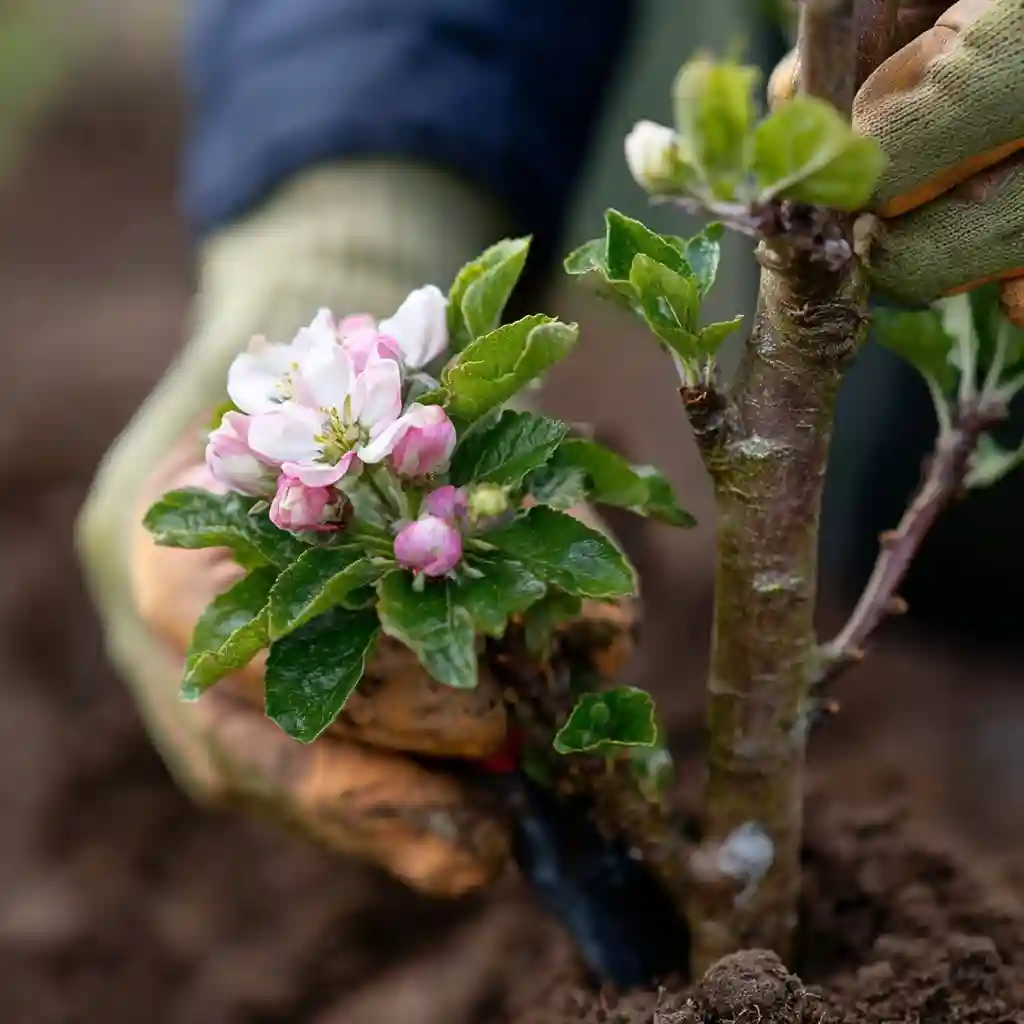
When starting an apple orchard, it’s tempting to let those first-year blossoms grow into fruit—but patience pays off. Removing blossoms in the first year helps your young trees focus energy on developing strong roots, sturdy branches, and a healthy trunk.
Here’s why it matters:
- Early fruiting weakens young trees and can cause limb breakage.
- Delayed fruit production encourages better long-term yields and tree longevity.
- Stronger structure now means fewer pruning problems later.
Pinch off all blooms the first year, and consider thinning fruit in the second year. By year three, your tree should be strong enough to support a modest crop.
Think long-term—healthy trees bear better fruit.
5. Deal With Pests Early
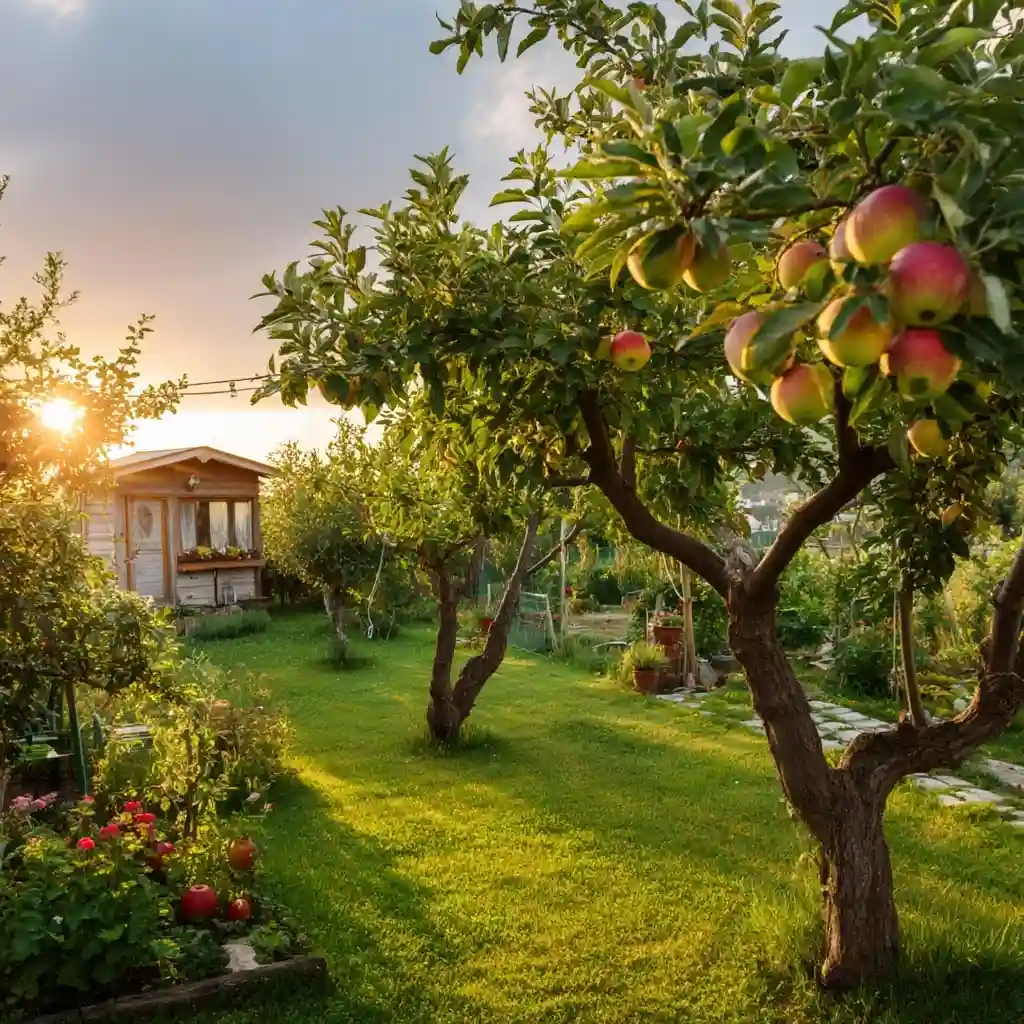
A big part of success when starting an apple orchard is staying ahead of pest problems before they take hold. Left unchecked, common apple pests can ruin fruit, weaken trees, and even shorten their lifespan.
Here are a few culprits to watch for:
- Apple scab and cedar apple rust: Fungal diseases that cause leaf spots and fruit blemishes
- Codling moths: Larvae that tunnel into ripening apples
- Japanese beetles: Leaf skeletonizers that stress trees
Early detection and prevention are key. Here’s how to protect your orchard:
- Remove fallen fruit and leaves to break pest life cycles
- Use pheromone traps or sticky bands for codling moth control
- Apply dormant oil sprays in late winter to smother overwintering insects
- Consider neem oil or Bt as organic options
A healthy, balanced orchard environment—with diverse plants and pollinators—also reduces pest pressure over time.
6. Be a Supportive—Not Helicopter—Parent
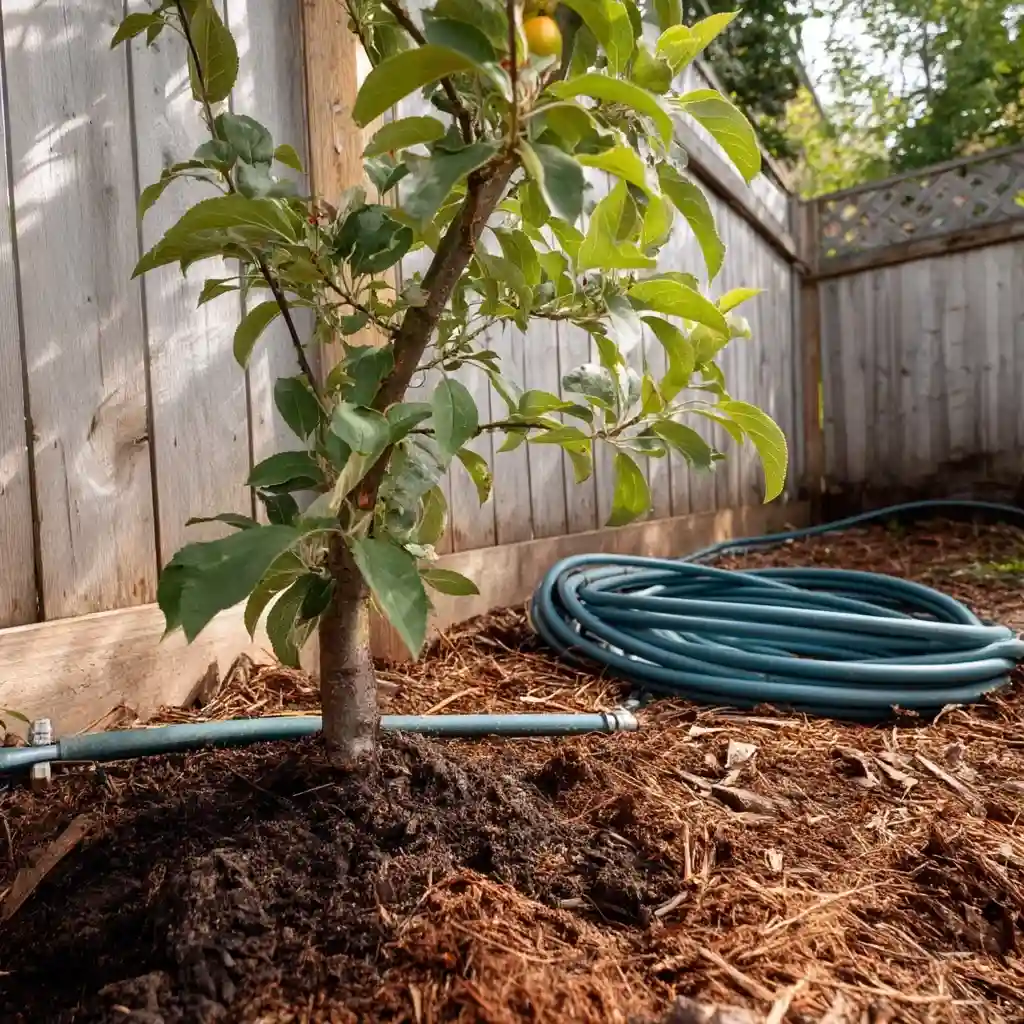
It’s natural to want to nurture your trees constantly when starting an apple orchard, but too much attention can sometimes backfire. The goal is to give your young apple trees the support they need to grow strong—without overmanaging them.
Here’s how to strike that balance:
- Water deeply once a week, rather than shallow daily watering. This encourages deeper roots.
- Mulch wisely—keep it a few inches away from the trunk to prevent rot and pests.
- Hold off on fertilizer in the first year to avoid excessive leafy growth at the expense of root development.
- Stake young trees only if they need support in windy areas, and remove the stakes after the first year.
- Use trunk guards to protect from sunscald and critters like rabbits or voles.
Remember, resilience starts with gentle guidance—not micromanagement.
Conclusion: Good Luck and Good Growing!
Starting an apple orchard may seem intimidating at first, but with a thoughtful plan and a bit of patience, you’ll be well on your way to harvesting crisp, delicious apples from your own backyard. Focus on healthy tree development, stay ahead of pests, and choose the right varieties—and your orchard will reward you for years to come.
Remember: every orchard starts with a single tree and a gardener willing to learn.
Happy planting—and good luck and good growing!
FAQ
How many apple trees do I need for pollination?
At least two different apple varieties that bloom at the same time are ideal. Some crabapple trees can also serve as universal pollinators.
How soon will I get apples after planting?
Most apple trees begin to bear fruit in 2–4 years, depending on the rootstock and how well they’re cared for early on.
Can I grow apple trees in containers?
Yes, dwarf apple trees can be grown in large containers, though they’ll need careful watering and pruning to stay productive.
What’s the best time to plant apple trees?
Early spring or late fall (when the tree is dormant) is best for root establishment before heat or freeze stress.
🌿 Love gardening inspiration? Follow me on Pinterest for bold plant ideas, tips, and seasonal color!
More Posts
